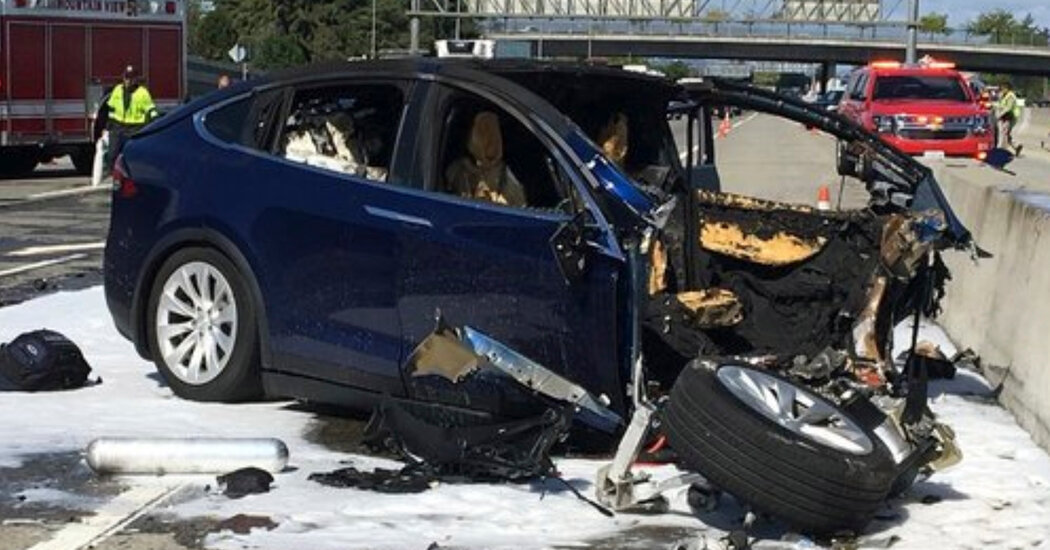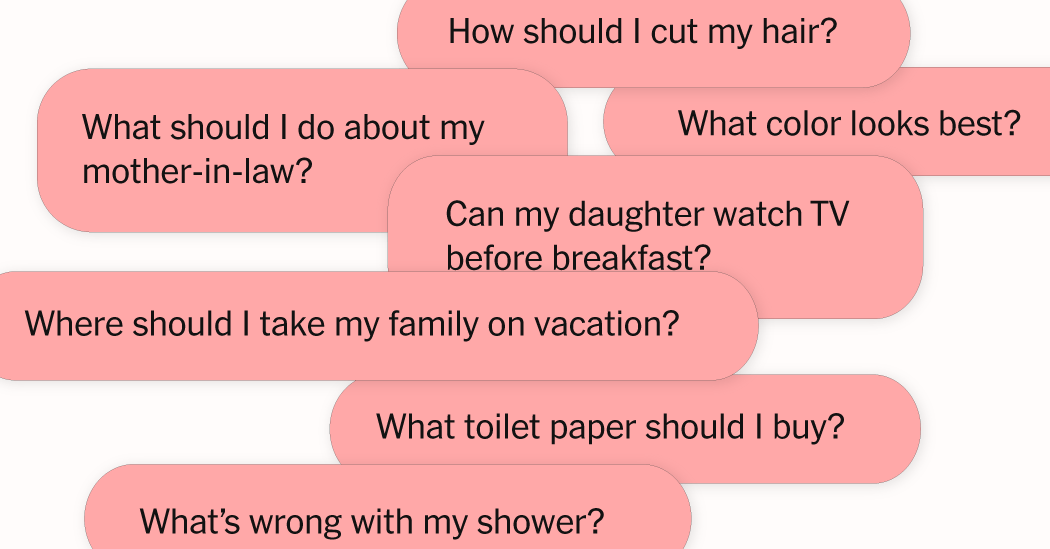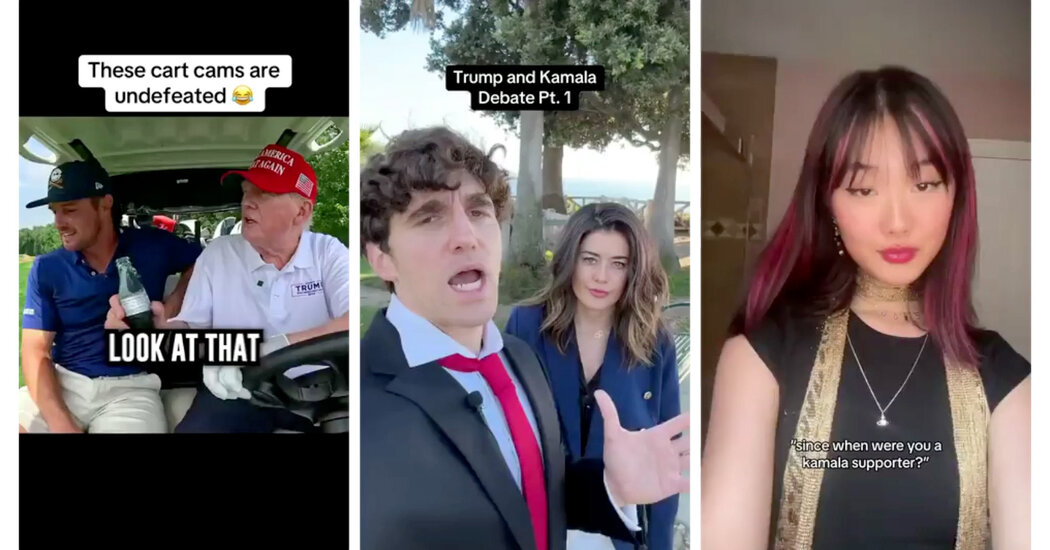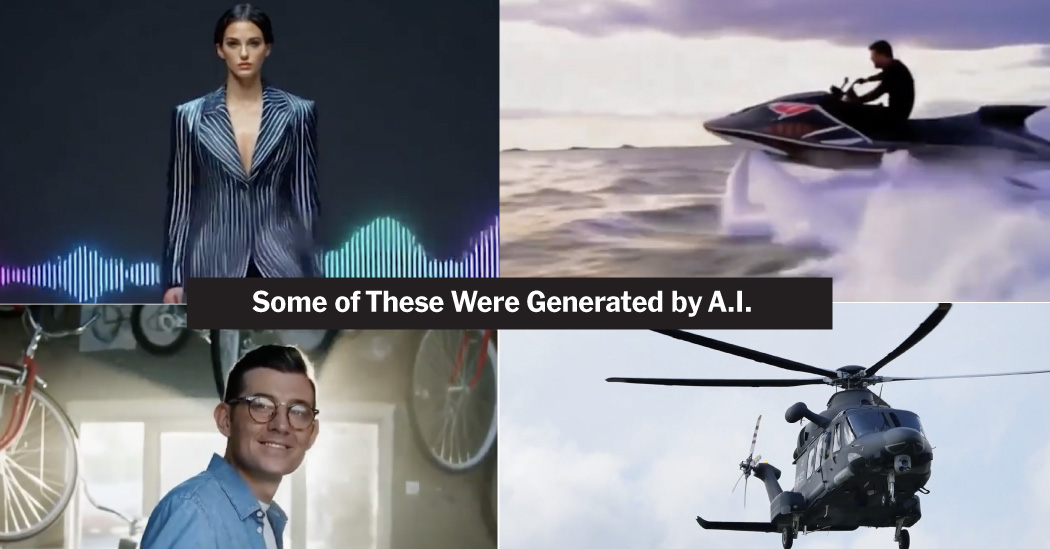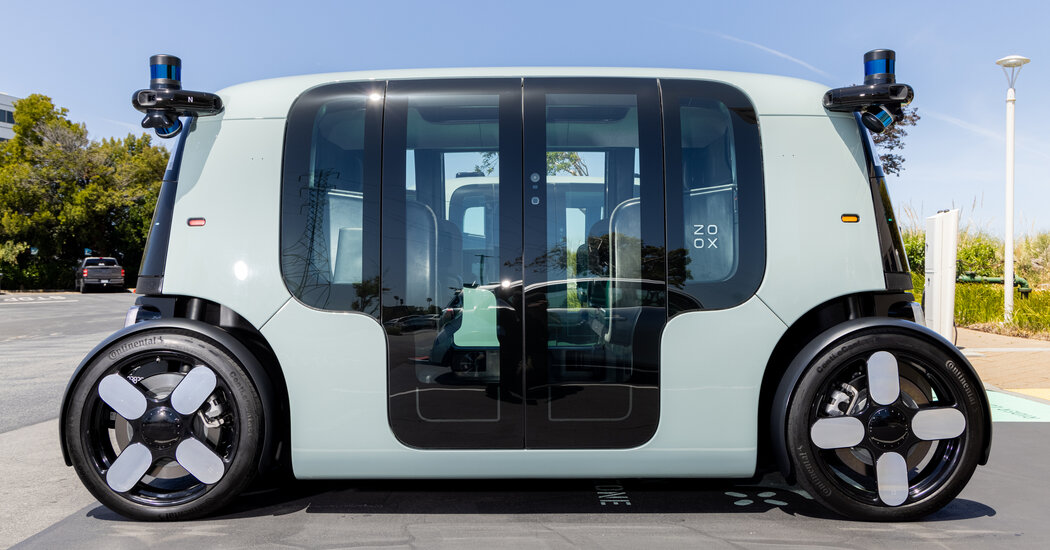Tesla on Monday settled a lawsuit that blamed the automaker’s driver-assistance software for the death of a California man in 2018, averting a trial that would have focused attention on the company’s technology several months before it plans to unveil a self-driving taxi.
The trial stemming from the death of Wei Lun Huang, an Apple software engineer who went by Walter, was scheduled to start Monday with jury selection. The case was one of the most prominent involving Tesla’s Autopilot software, attracting significant public attention and prompting an investigation by the National Transportation Safety Board.
Terms of the settlement with Mr. Huang’s children and other members of his family were not disclosed, and Tesla filed court documents seeking to prevent them from being made public.
Testimony in the trial would have put Tesla’s autonomous driving software under close scrutiny, further fueling a debate about whether the technology makes cars safer or exposes drivers and others to serious injury or death.
Elon Musk, the chief executive of Tesla, has said the company’s self-driving software will generate hundreds of billions of dollars in revenue. Investors have used his claims to justify the company’s lofty stock market valuation. Tesla is worth more than any other carmaker even though its shares have plunged in recent months.
Mr. Musk said on X last week that Tesla would introduce a self-driving taxi, Robotaxi, in August. If Tesla has in fact perfected a vehicle that can ferry passengers without a driver — which many analysts doubt — the development will help answer criticism that the company has been slow to follow up its Model 3 sedan and Model Y sport utility vehicle with new products.
Mr. Huang died after his Tesla Model X, a luxury S.U.V., veered from a highway in Mountain View, Calif., and smashed into a concrete median barrier. In the lawsuit, Mr. Huang’s family blamed defects in Autopilot, which it said lacked technology to avoid a crash. The lawsuit also sought damages from California, arguing that the barrier had been damaged and failed to absorb the impact of the car as it was supposed to.
Lawyers for Mr. Huang and Tesla did not respond to requests for comment late Monday. In legal filings, Tesla said it had settled “to end years of litigation.” The company had indicated in court documents that it planned to offer testimony that Mr. Huang had been playing a video game on his phone when the crash occurred. Lawyers for the family denied that was the case.
While Tesla calls this software Autopilot and a more advanced version Full Self-Driving, neither system makes a car fully autonomous. The systems can accelerate, brake, keep cars in their lanes and perform other functions to varying degrees, but drivers are required to stay engaged and be ready to intervene at any moment.
In December, Tesla recalled more than two million vehicles for a software update under pressure from U.S. regulators who said the automaker had not done enough to ensure that drivers remained attentive when using the systems.
The National Transportation Safety Board’s investigation into the 2018 crash blamed both Tesla and Mr. Huang. The agency said that Autopilot had failed to keep the vehicle in its lane and that its collision-avoidance software had failed to detect a highway barrier. The board also said Mr. Huang had probably been distracted.



